Cosmic danger was called the “God of Chaos”
The OSIRIS-APEX spacecraft was sent by the American agency NASA to study the asteroid Apophis, which will fly closer than other similar extraterrestrial objects to Earth in April 2029 . The craft has just completed its historic mission to collect samples from an asteroid in deep space. Its new study will take place during a close passage of a cosmic body to our planet.
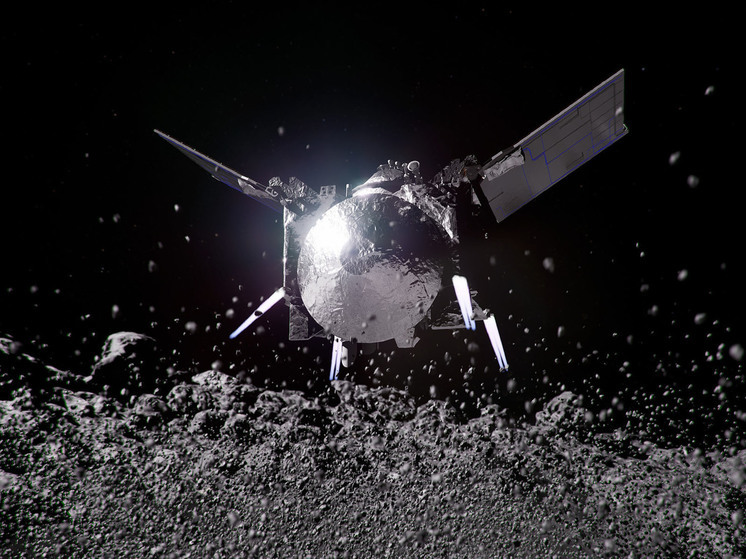 Photo: flickr.com/NASA Goddard Space Flight Center/CC BY 4.0 Deed | < span itemprop="width" itemscope itemtype="https://schema.org/QuantitativeValue">
Photo: flickr.com/NASA Goddard Space Flight Center/CC BY 4.0 Deed | < span itemprop="width" itemscope itemtype="https://schema.org/QuantitativeValue">
In September 2023, OSIRIS-REx completed its seven-year, 4 billion-mile round trip to collect samples from the space rock Bennu. But instead of shutting down the spacecraft, the team proposed sending it on a second mission to the asteroid Apophis, which is expected to pass closer to Earth in 2029 than any other similar-sized asteroid on record.
< p>“The approach to our planet is an excellent natural experiment,” said OSIRIS-APEX Principal Investigator Dani Mendoza Dellagiustina. “We know that the accumulation of rubble pile materials are fundamental processes that could play a role in the formation of planets. They could tell us how we went from the wreckage of the early solar system to full-fledged planets.»
Apophis is a space rock more than 1,000 feet wide, named after an Egyptian deity and nicknamed the «God of Chaos.» First discovered in 2004, the asteroid will pass closer to Earth than some satellites on April 13, 2029.
According to scientific estimates, asteroids of this size pass this close to Earth only once every 7,500 years. Scientists initially said the chance of an asteroid hitting Earth was about 3 percent, but over the years they realized that a collision would not happen either in 2029 or during Apophis' return flight in 2036.
Close collision with The Earth will change the asteroid's orbit and the length of its day — usually 30.6 hours. It could also cause earthquakes and landslides on Apophis, which could then expose material beneath the asteroid's surface.
OSIRIS-APEX cameras will begin photographing the asteroid about two weeks before it passes Earth. It will then observe the asteroid for the next year and a half, studying any changes.
But, unlike the last mission, OSIRIS-APEX will not make “contact” with Apophis. Instead, the spacecraft will descend close to the asteroid's surface and fire engines to kick up rocks and dust.
NASA is optimistic that many amazing discoveries will lie ahead.




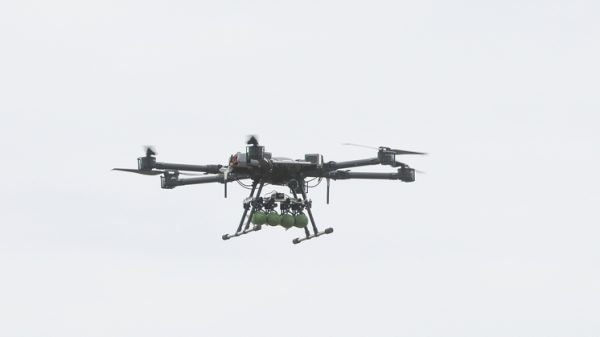
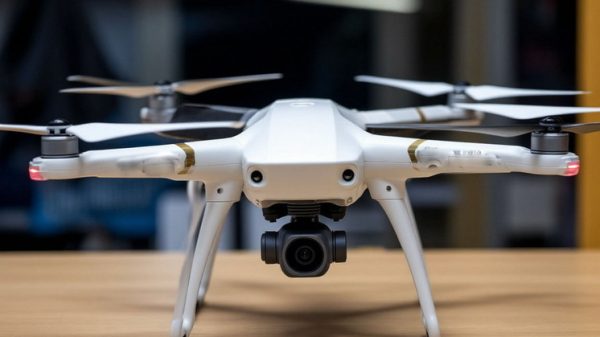












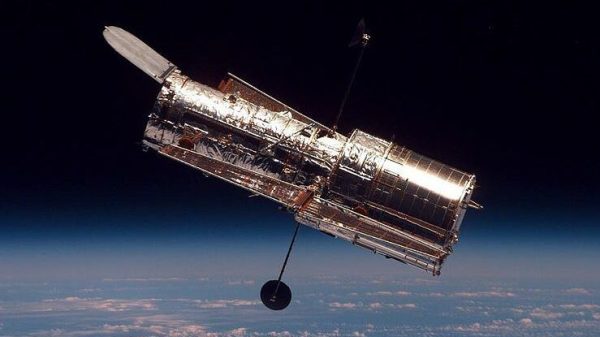



















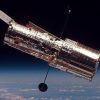



















Свежие комментарии